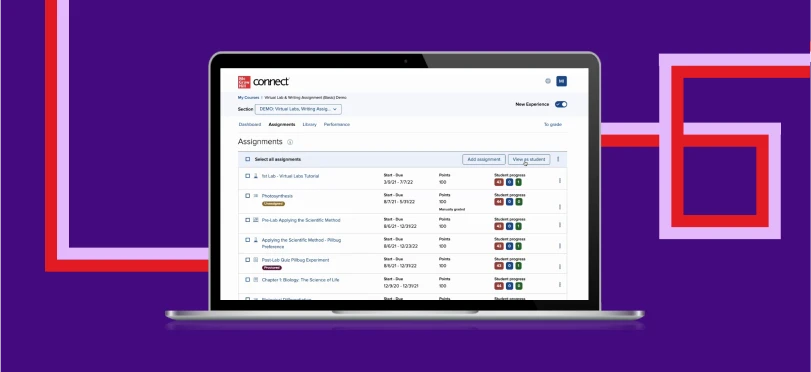Do Your Students Have Short Attention Spans?
Get useful tips to address the increasingly shorter attention span that we are seeing in our students during instruction.
The nervous tapping of their feet. The fidgeting in their chair. The “hidden” attempts to sneak a peek at their devices. The frenzied scrolling on the mobile phone. We have all observed one or more of these behaviors in our students. Within a few short minutes of class, their concentration and focus are overrun by disengagement. Research supports what our own observations have shown. Studies confirm that the attention span of our students, is in fact, decreasing with the increased use of technology and social media. So how do we as instructors keep our learners engaged and tuned in to what is happening in the classroom? This article will offer some useful tips to address the increasingly shorter attention span that we are seeing in our students during instruction.
Create interest in the lesson. Give students a reason to be engaged by creating interest in the content. Open your lesson with a hook that sparks curiosity. Conduct a survey, pose a personal question, and use music or other strategies to launch the lesson. Make a connection to the content and to the students. If there is interest and there is relevance, there will be attention around the subject matter.
Break delivery of content into multiple short lessons. Often referred to as “chunking”, limit the time that you present new content and break it into pieces. Try to keep instructional sessions to 15-20 minutes in length. After introducing new content, give students time to engage with the material. This engagement may take the form of group work or individual learning activities. It is difficult for a student to “check out” when they are responsible to other members of their group or for demonstrating understanding.
Collaborative discussion during lessons. To keep students engaged, teach in a collaborative manner. Speak with your students, not at your students. When the instructor and students participate in dynamic dialogue, the student becomes an active part of the learning experience and remains engaged.
Get students up and moving. Give students the opportunity to move about the classroom. Create activities that require students to work in different spaces in the classroom with different peers. Have students document and discuss their work on the board, the overhead, and on post-it boards. Physical movement during learning stimulates improved neuro connections in the brain and promotes increased focus. It also keeps students involved in the activity.
Incorporate technology into the classroom. Use relevant technology in the class to help deliver the content. There are numerous digital learning tools that can be utilized in the classroom that will help facilitate active learning and increasing student participation.
Remove technology completely. If you are not in favor of incorporating technology, then remove it altogether. Eliminating any form of external distraction facilitates the growth of internal control and focus while increasing the student’s capacity to learn.
Competing for our student’s attention in the classroom is becoming commonplace. Gone are the days when we can lecture to our students for hours on end and expect our students to respond as we envision. We must utilize strategies that will help our students remain engaged long enough to become proficient. If we fail to do so, students will scroll on.




